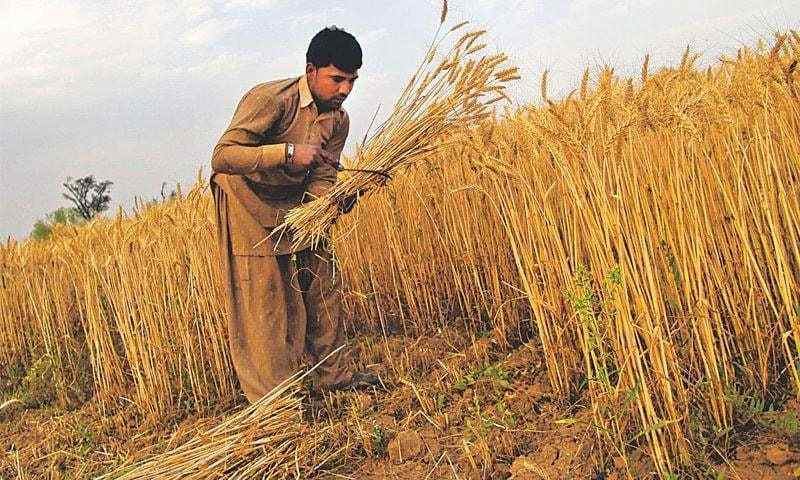In a move aimed at breaking long-standing barriers to rural financing, the government of Pakistan has introduced a risk coverage scheme designed to encourage banks and microfinance institutions to lend more freely to small-scale farmers.
The program, announced through the State Bank of Pakistan (SBP), will cushion financial institutions against potential losses when extending agricultural loans, particularly in regions where credit access has historically been limited.
How the Scheme Works
Under the plan, commercial banks, Islamic banks, specialised banks, and microfinance institutions will be eligible to participate. They can issue production loans of up to Rs3 million for crops, dairy, livestock, and fisheries between July 2025 and June 2028.
Most loans will carry a repayment period of 12 months, with the exception of sugarcane financing, which may extend up to 18 months. If repayments are overdue for more than a year, the loans will be written off as losses.
To mitigate this risk, the government will provide 10% first-loss coverage on the outstanding portfolio. Simply put, banks will have partial protection if borrowers default, reducing hesitation to lend in high-risk rural areas.
Additional Incentives for Banks
Beyond loss-sharing, the government has offered operational support. Banks will receive Rs10,000 per new borrower—a measure meant to push institutions to expand their outreach rather than limit lending to existing clients.
Risk coverage claims will be filed electronically at the end of each quarter. Importantly, the scheme does not prevent banks from pursuing recoveries, ensuring they still have an incentive to collect from delinquent borrowers.
Why It Matters
Access to affordable credit has long been one of the biggest hurdles for small farmers in Pakistan, who often rely on informal lenders charging exorbitant interest rates. By lowering the perceived risk for banks, the government hopes to channel more financing into rural areas, especially among subsistence farmers in Punjab and Sindh and all categories of landholders in Khyber Pakhtunkhwa, Balochistan, Gilgit-Baltistan, and Azad Jammu & Kashmir.
The SBP has urged financial institutions to adopt the scheme aggressively, framing it as a tool not just for boosting agriculture but also for driving financial inclusion across underserved regions.
If implemented effectively, the program could ease credit bottlenecks that have kept small farmers trapped in low productivity cycles, giving them the financial flexibility to invest in better seeds, equipment, and livestock.

